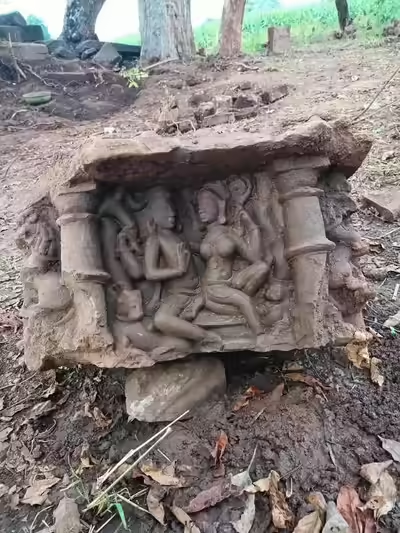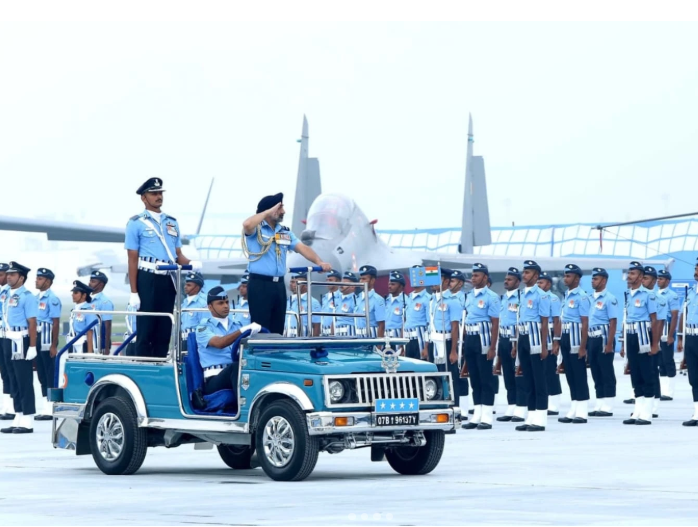Madhya Pradesh Switch to Hindi
10th-Century Idols Unearthed in MP
Why in News?
Archaeologists have unearthed 15 rare 10th-11th century idols in Doni village, Damoh, Madhya Pradesh, showcasing the rich temple art of the Kalachuri era.
- The discovery has stunned experts and could rewrite the history of medieval temple art in central India.
Key Points
- About: A team led by PC Mahobiya, deputy director of the State Archaeology Department, North Zone, Gwalior, has been working since April 2025 to excavate the site.
- The idols, carved from red sandstone, are a mix of well-preserved deities, including rare representations like Ardhanarishvara and Narasimha.
- The discovery of exceptionally well-preserved artefacts has garnered significant attention from historians and scholars, marking a valuable contribution to Madhya Pradesh's cultural heritage.
- Discovered Artefacts:
- Narasimha Idol: A half-human, half-lion Narasimha idol was found, with the upper portion intact but the lower half damaged.
- Ardhanarishvara Idol: A unique composite form of Shiva and Parvati, with Nandi carrying Parvati, which is extremely rare.
- Other Idols: Additional idols include Brahma, Vayu, Nayika, and Parvati, each in remarkable detail.
- Significance: These idols provide a glimpse into the temple art and religious symbolism of the Kalachuri era, adding depth to the understanding of medieval Hindu sculpture.
- The uniqueness of the Ardhanarishvara idol, where Nandi is shown carrying Parvati, challenges traditional representations and opens new avenues for academic exploration.
- The red sandstone sculptures, some potentially worth crores in the international antiquities market, are significant not only for their cultural value but also for their monetary worth, raising concerns about preservation.
Kalachuri Dynasty
- Origin of the Kalachuris: The Kalachuris, also known as the Haihayas, are believed to have originated from a Kshatriya tribe.
- They are mentioned in Brahmanical epics and Puranas. The early Kalachuris, or those of Mahishmati, ruled regions in present-day Gujarat, Madhya Pradesh, and Maharashtra.
- Early Rulers: Notable early rulers include Krishnaraja, Shankaragana, and Buddharaja (550-620 CE). Despite their initial rise, the Kalachuris struggled against the powerful neighboring kingdoms of the Chalukyas of Vatapi and the Maitrakas of Valabhi, leading to their decline.
- Matrimonial Alliances: To strengthen their position, the Kalachuris maintained matrimonial relations with the eastern and western Chalukyas. These alliances played a significant role in their political survival, even after military defeats.
- Kalachuris of Chedi: The Kalachuris of Chedi, with their capital at Tripuri (now Jabalpur), rose to prominence in the 9th century CE.
- Kokalla I was the first significant ruler of this branch, known for defeating Pratihara emperor Bhoja I and Rashtrakuta king Krishna II, which led to matrimonial relations with the Rashtrakutas.
- Royal Patronage to Religion: The Kalachuris, especially Yuvaraja I, were strong patrons of Brahmanical religion, with a special focus on Shaivism.
- They made numerous land grants for religious establishments, and Yuvaraja I supported Shaivite saints like Durvasa, who established the Golakimatha monastery.
- The Kalachuris supported diverse religious practices, including Shaivism, Shakti worship, Jainism, and Buddhism.
- The Yogini cult, prevalent during this time, is seen in temples at Khajuraho, Bheraghat, and Shahdol.
National Current Affairs Switch to Hindi
World Habitat Day
Why in News?
The Ministry of Housing and Urban Affairs (MoHUA) celebrated World Habitat Day 2025 at Vigyan Bhawan, New Delhi, with the theme "Urban Solutions to Crisis."
- The event highlighted the importance of making cities more resilient, inclusive, and sustainable in addressing challenges like climate change, migration, and rapid urbanisation.
Key Points
- Background: In 1985, the United Nations designated the first Monday of October each year as World Habitat Day. World Habitat Day was first celebrated in 1986, with the theme "Shelter is My Right", and Nairobi was the host city.
- Objective: This day serves to reflect on the state of our habitats and emphasises the fundamental right of all individuals to have access to adequate shelter.
- Theme 2025: The theme for World Habitat Day 2025, observed on 6th October, is ‘Urban Crises Response,’ focusing on addressing various crises, such as climate change and conflicts, that contribute to inequality in urban areas, while promoting effective crisis response tools and approaches.
Scroll of Honour Award
- Launched by the United Nations Human Settlements Programme in 1989, the UN-Habitat Scroll of Honour Award is the most prestigious global recognition for human settlements.
- This award acknowledges exceptional contributions in areas such as:
- Shelter provision (adequate, affordable housing).
- Highlighting the plight of the homeless.
- Leadership in post-conflict reconstruction.
- Improving urban life quality and human settlements.
National Current Affairs Switch to Hindi
93rd Air Force Day
Why in News?
The Air Chief Marshal Amar Preet Singh conveyed his greetings to the nation on the 93rd Air Force Day, honouring the brave air warriors who have protected the nation's skies with sacrifice, dedication, and professionalism.
Key Points
- About: Celebrated annually on 8th October to honour the establishment of the Indian Air Force (IAF) on 8th October 1932.
- Early Years: The IAF's first operational flight took place on 1st April 1933, beginning a vision of air power that has shaped India’s defence over the decades.
- From a small force with limited personnel and aircraft, the IAF has grown to become the world’s fourth-largest air force, involved in various military and humanitarian missions.
- Motto: The motto of IAF is Touch the sky with Glory (Nabhah Sparsam Diptam), which has been taken from the eleventh chapter of the Bhagavad Gita.
- Theme: The 2025 theme is centred on the force's contribution to Operation Sindoor.
- 2025 Celebrations: This year's celebrations featured a farewell to the iconic MiG-21, a grand flypast with Rafale, Su-30MKI, C-17 Globemaster, Apache Guardian, and others, along with parades, air shows, and exhibitions showcasing the IAF's technological advancements and operational readiness.
- The parade took place at Hindon Air Base, Uttar Pradesh, showcasing technological advancements and operational readiness.
- The restored Hindustan Trainer-2 (HT-2) aircraft, the first indigenously built IAF aircraft, was also displayed for the first time as part of the Heritage Flight.
- The traditional flypast and aerial display are scheduled to be held in Guwahati on 9th November, marking the culmination of this year’s Air Force Day celebrations.

.gif)

.png)





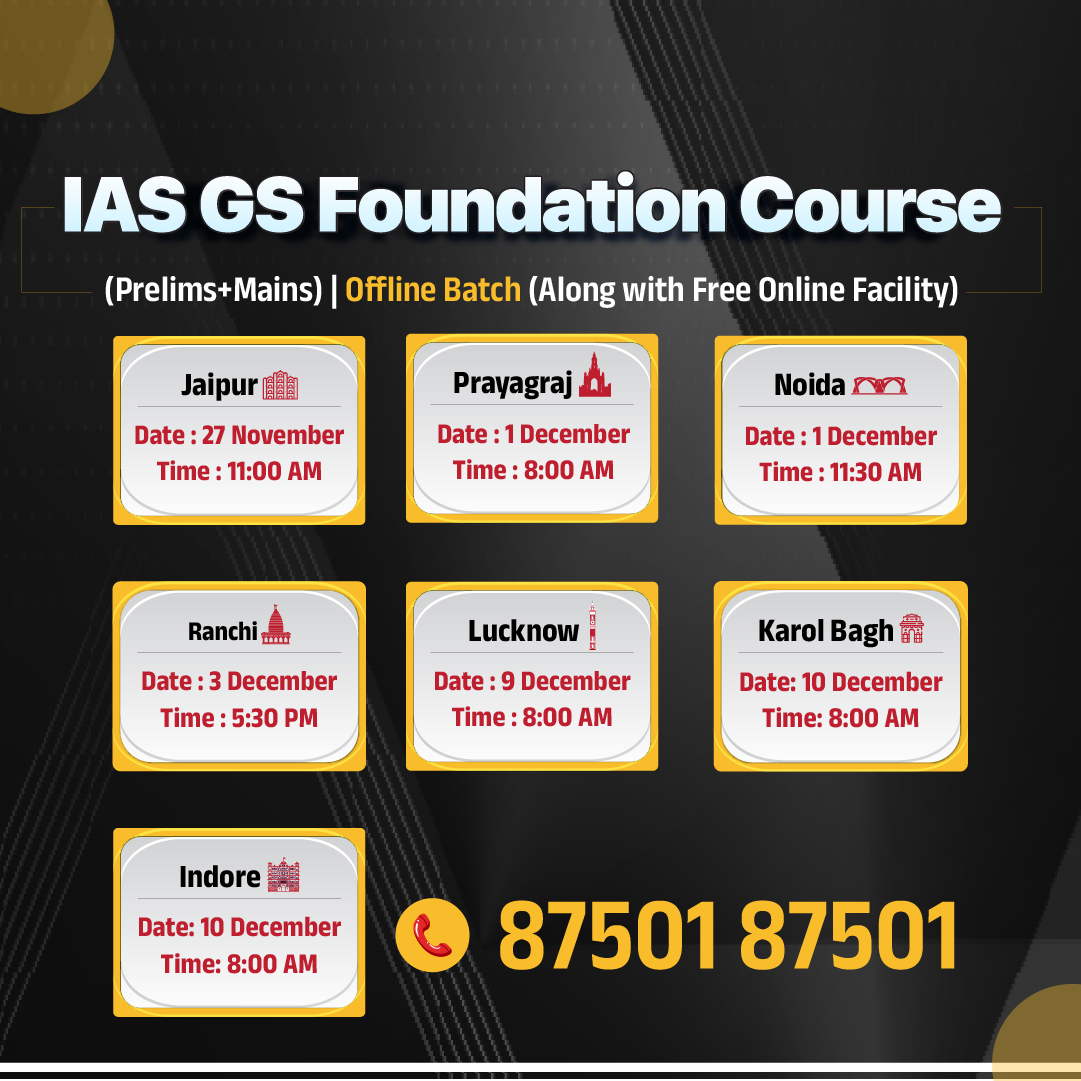



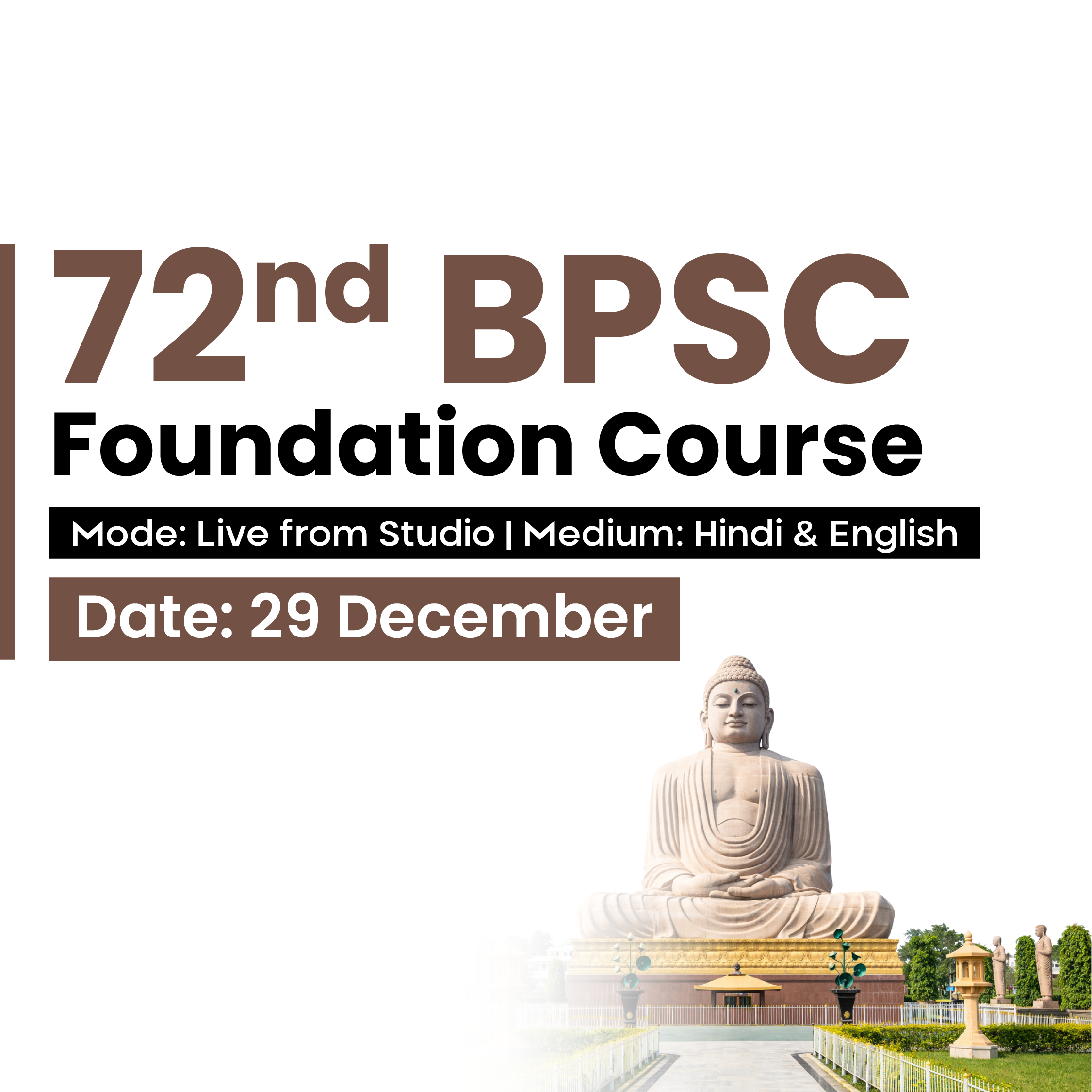






.png)


.jpg)

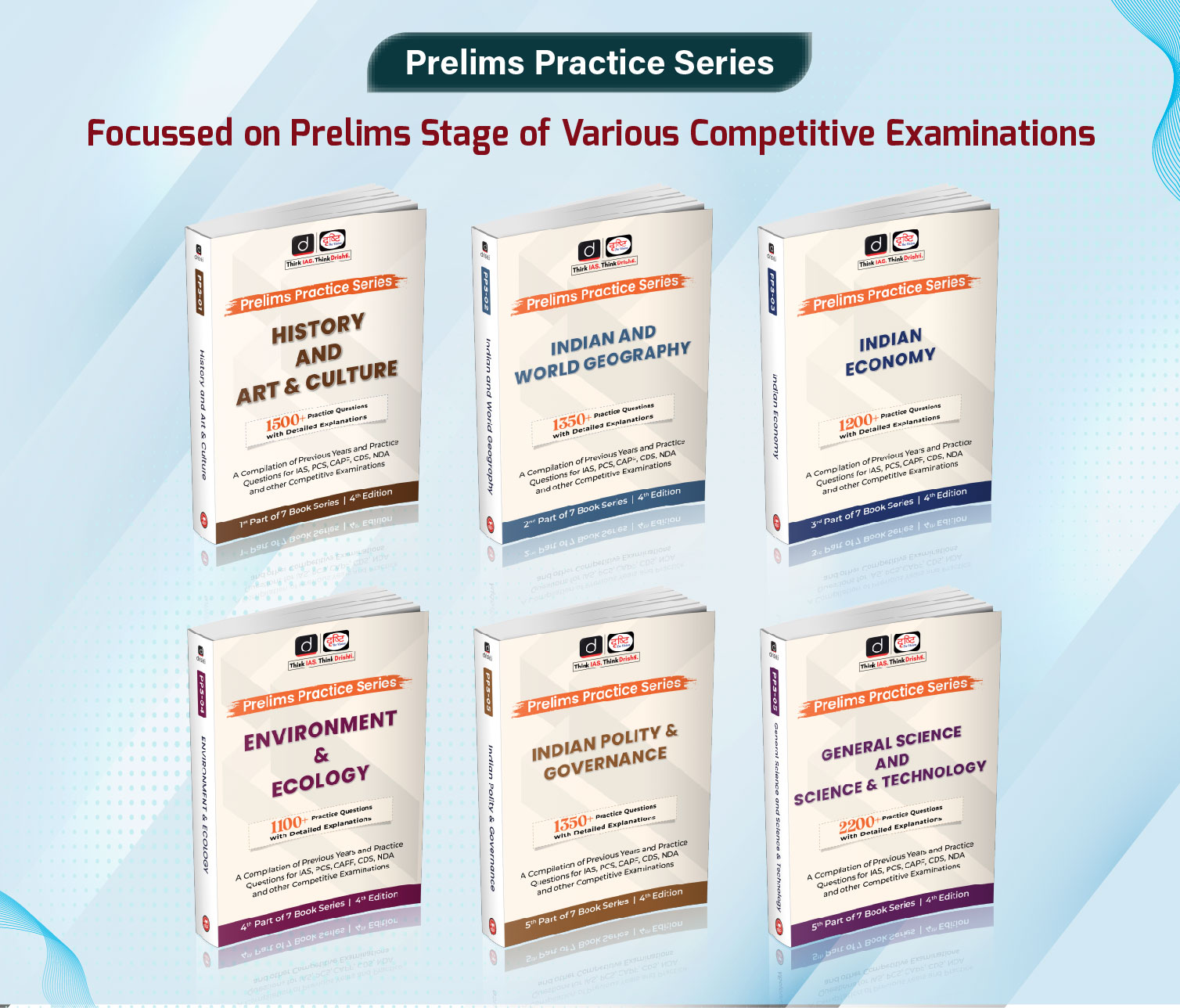

 PCS Parikshan
PCS Parikshan